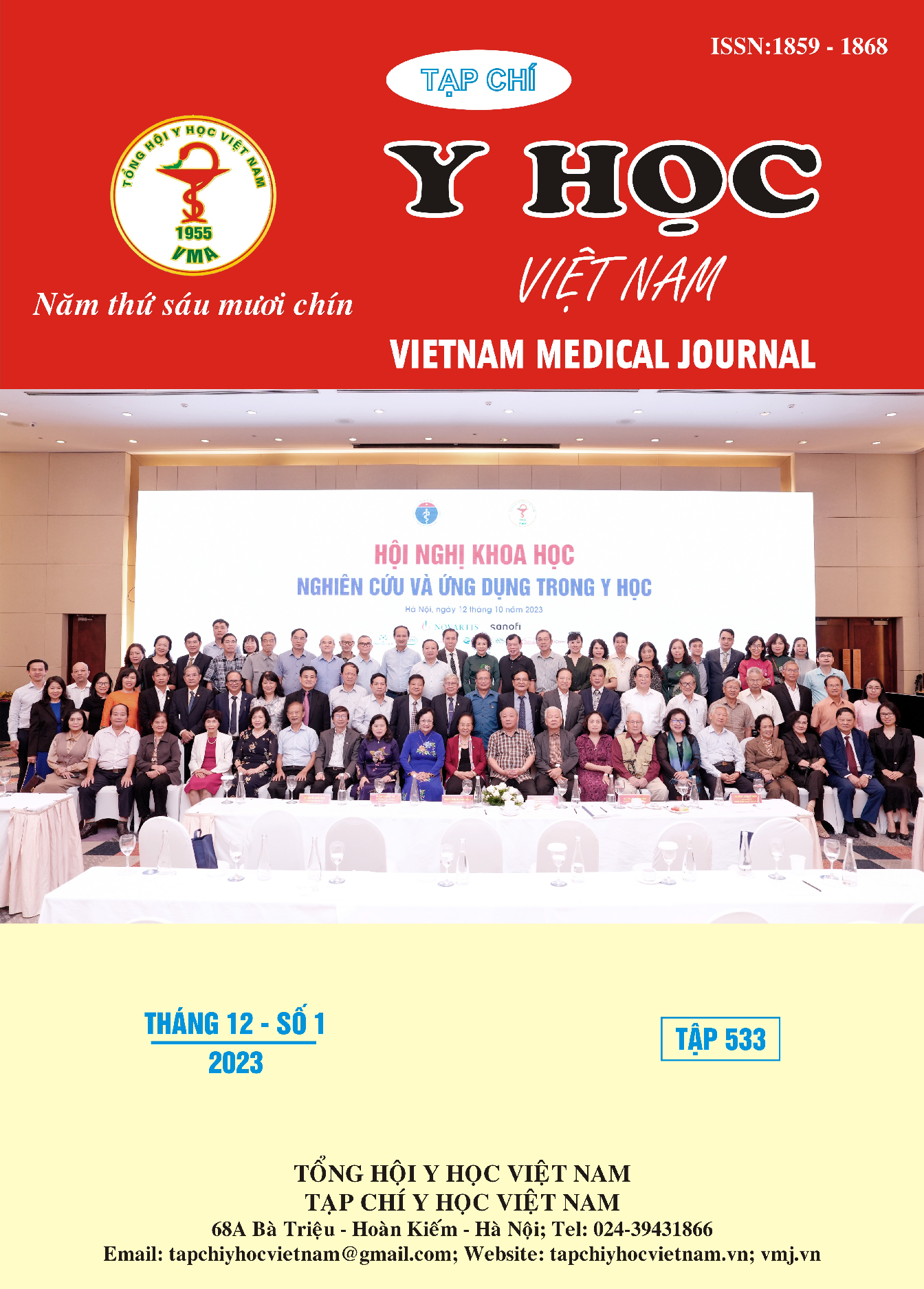TWO CASE REPORTS OF INHALATIONAL BURNS IN CHILDREN WERE DIAGNOSIS AND TREATMENT WITH THE USE OF FLEXIBLE BRONCHOSCOPY AND BRONCHOALVEOLAR LAVAGE
Main Article Content
Abstract
Pediatric inhalation injury is a rare but severe and life-threatening problem with high mortality if not diagnosed early and managed appropriately. Respiratory burn injuries result from a wide diversity of factors; however, domestic accidents or fires are still a major cause. Early clinical diagnosis, evaluation of its severity, and projection of the development of acute lung injury, supported by flexible bronchoscopic findings and appropriate management through bronchoalveolar lavage procedure, are essential to improve high morbidity and mortality amongst these children. In this article, we report two clinical cases of pediatric inhalational burns treated at Children's Hospital 1. The first clinical case was a first-degree respiratory burn in a 11-year-old male patient who spilled a gas tank near a burning fire. The second clinical case was a second-degree respiratory burn in an 7-year-old male patient with a house fire. Two diagnoses were confirmed by flexible bronchoscopy. Subsequently, bronchoalveolar lavage was performed as a method of treatment.
Article Details
Keywords
bỏng đường hô hấp, nội soi phế quản ống mềm, rửa phế quản phế nang.
References
2. Cowl CT. Assessment and treatment of acute toxic inhalations. Curr Opin Pulm Med. 2019;25(2):211-216.
3. Muller MJ, Pegg SP, Rule MR. Determinants of death following burn injury. Br J Surg. 2001;88:583–7.
4. Palmieri TL, Warner P, Mlcak RP, et al. Inhalation injury in children: A 10-year experience at Shriners hospitals for children. J Burn Care Res. 2009;30:206-8.
5. Albright JM, Davis CS, Bird MD, et al. The acute pulmonary inflammatory response to the graded severity of smoke inhalation injury. Crit Care Med. 2012;40:1113.
6. Yamamura H, Morioka T, Hagawa N, et al. Computed tomographic assessment of airflow obstruction in smoke inhalation injury: Relationship with the development of pneumonia and injury severity. Burns. 2015;41:1428.
7. Ching JA, Ching YH, Shivers SC, Karlnoski RA, Payne WG, Smith DJ Jr. An analysis of inhalation injury diagnostic methods and patient outcomes. J Burn Care Res. 2016;37:e27–32.
8. Walker PF, Buehner MF, Wood LA, et al. Diagnosis and management of inhalation injury: an updated review. Crit Care. 2015;19:351.


